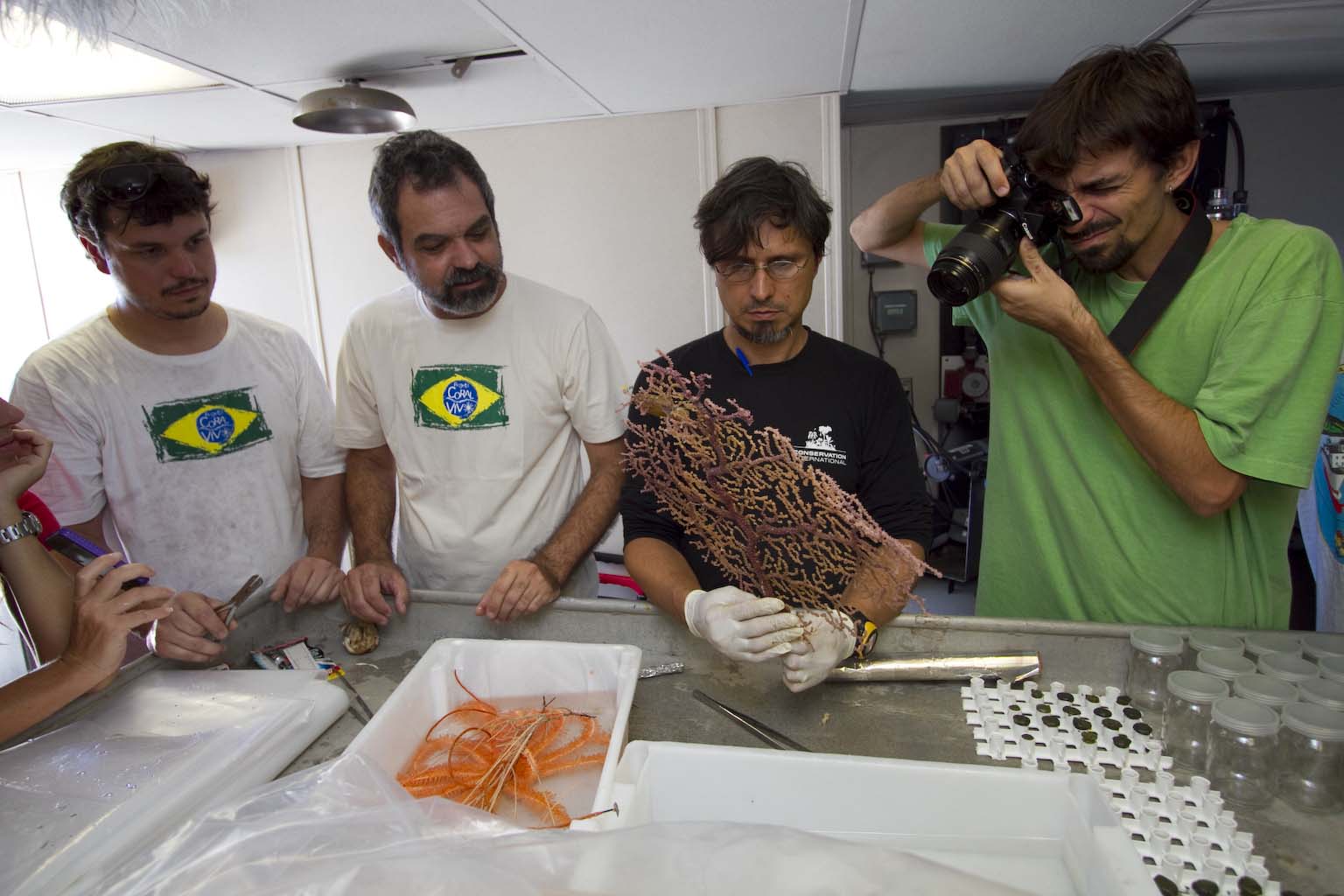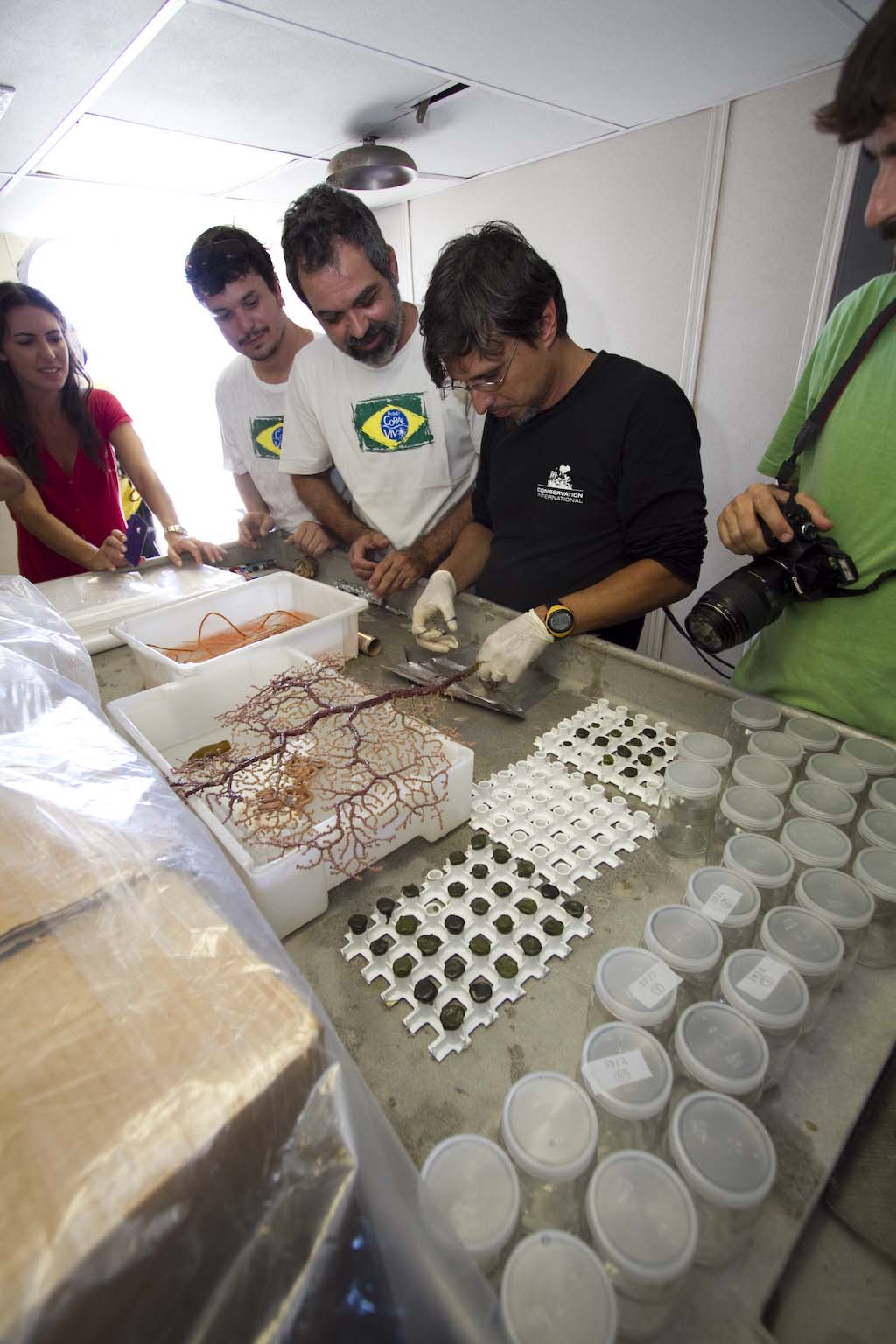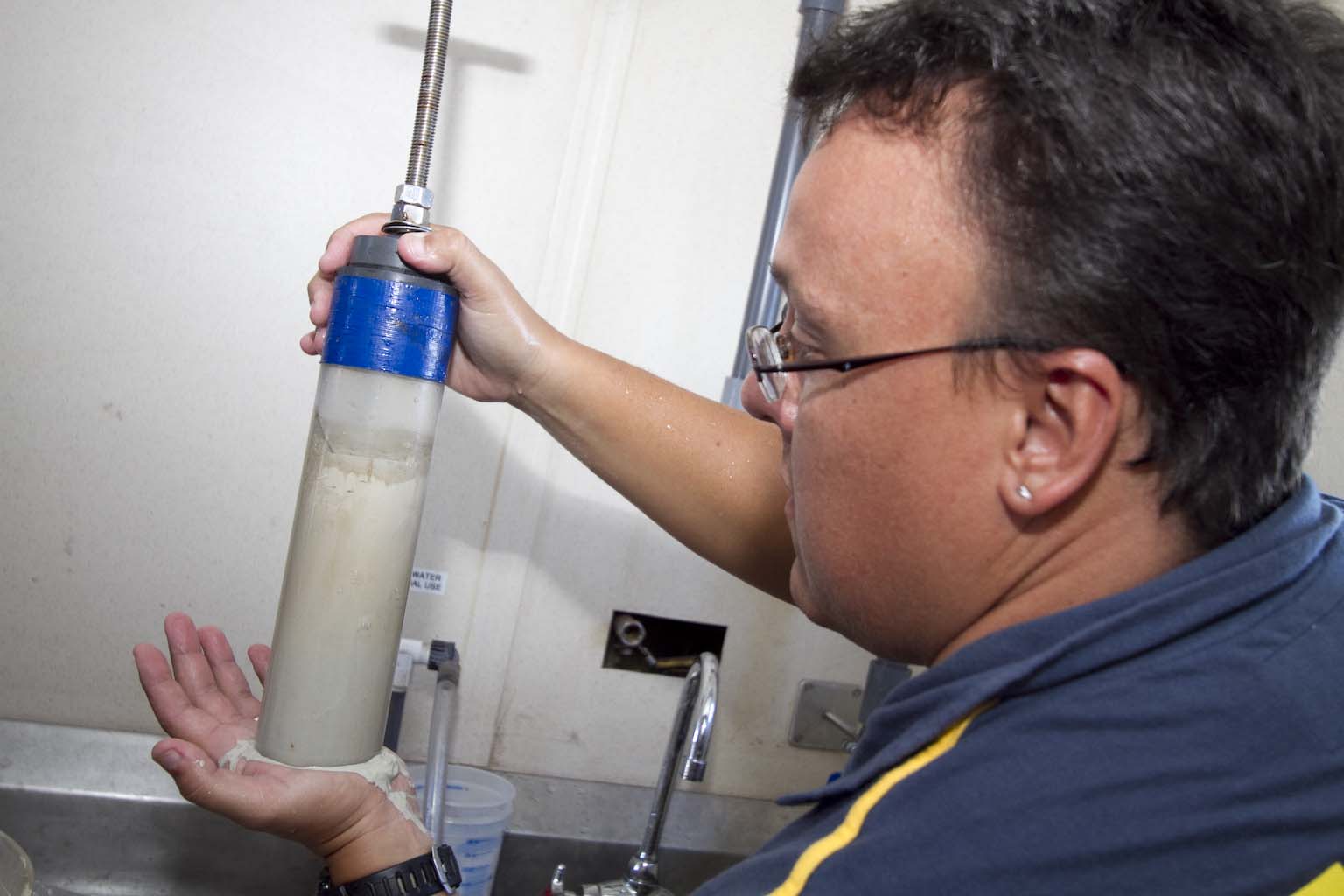Do not go where the path may lead, go instead where there is no path and leave a trail. - RW Emerson
In early 1962 Deke Slayton was diagnosed wth a heart condition, which was lucky for Scott Carpenter, because Pilot Slayton was withdrawn fron the Mercury mission, clearing the way for Commander Carpenter to become in May 1962 just the 2nd American to orbit the earth after John Glenn. After only three laps of the earth, the Mercury 7 capsule returned, landing over 250 miles off-target. But the job was done, Americans had entered the space race and begun to explore near space in earnest.
 The original 7 Mercury astronauts, including Scott Carpenter
The original 7 Mercury astronauts, including Scott Carpenter
All of this is, of course, very well known to many Americans, and the names are even household (we’ll come back to Cmdr Carpeneter in a minute), especially for the Baby Boomer generation. But, two years before Mercury, two other pioneers achieved what I consider in many ways an even more profound achievement. Jacques Piccard and Don Walsh went to the deepest part of the ocean, the Challenger Deep in the Marianas Trench, over 35,000ft down in the crushing hadal depths of the western Pacific Ocean, onboard the bathyscaphe Trieste. Why was it more significant? Perhaps because it was done without the same sort of social/political zeitgeist as the space race (married, as it was, so inextricably to the cold war), and the tremendous resources that came along with that. And perhaps also because the technical challenges are no less daunting. While astronauts had to deal with the vacuum of space, the aquanauts had to deal with incomprehensible crushing pressues of the deep ocean. These challenges are so profound that they contribute in large part to why we have never been back to that inky place.
I’ve had several opportunities recently to consider ocean exploration and to do so in light of space exploration and the achievements in both spheres over the last half century. In Brazil a few weeks ago I had the good fortune to watch engineers from Harbor Branch deploy one of the most well-traveled of all submerisbles, the Johnson Sea Link II. More recently, I participated in the first annual meeting of the Cooperative Institute of Ocean Exploration Research and Technology in Fort Pierce Florida. There, some of the brightest minds in ocean exploration discussed all sorts of aspects of modern exploratory oceanography, including HOVs (Human operated vehicles), ROVs (remotely operated vehicles), AUV’s (autonomous underwater vehicles), buoys, landers and sundry other engineering marvels that are helping reveal a deep ocean far more diverse and wonderously engaging than we ever thought possible (like the Okeanos Explorer). Consider that hydrothermal vents, methane seeps and brine pools were unheard of just a few short decades ago. The biology uncovered at these sites has revolutionised the way we think about how animals work, especially the unexpected abundance of chemosynthetic organisms - indeed, entire ecosystems - depending on chemical energy and not the power of the sun.
 The NOAA Aquarius Reef BaseTowards the end of the CIOERT meeting we were treated to a terrific session where Bill Todd, the project lead for NASA’s underwater training and research program gave an excellent and thought-provoking talk about the parallels of space and undersea exploration. After it, he and the aforementioned Scott Carpenter and HBOI associate director (and CIOERT principal) Shirley Pomponi held an impromptu panel discussion with the other CIOERT investigators. In addition to his space missions, Carpenter was also a SeaLab II aquanaut in the 60’s; one of very few people to both orbit the earth and serve a lengthy mission living at depth, so he’s qualified to speak to both topics. The session was a real treat. Todd, who is a dynamic and convincing speaker, argued that many of the stated reasons for exploring both sea and space (tech development, resource prospecting, naional defence etc) are little more than smokescreens for the real reasons (to be first, to make a mark, to satisfy curiosity) and yet the real reaons are somehow so much harder to defend against the scrutiny of the uncurious and unscientific. He also didn’t shy away from the incongruous difference in perception between astronauts as national heroes (thoroughly deserved, of course!) and the unsung status of essentially all undersea explorers. His best example was that the astronauts with the most hours in space are recognised with uniforms, titles and medals, whereas the aquanauts with the most hours (the ones who maintain the NOAA Aquarius Reef Base off the coast of Florida, the only permanent undersea research station left in existence) are still referred to as “hab techs” (habitat technicians) and fill a service role in support of visiting scientists.
The NOAA Aquarius Reef BaseTowards the end of the CIOERT meeting we were treated to a terrific session where Bill Todd, the project lead for NASA’s underwater training and research program gave an excellent and thought-provoking talk about the parallels of space and undersea exploration. After it, he and the aforementioned Scott Carpenter and HBOI associate director (and CIOERT principal) Shirley Pomponi held an impromptu panel discussion with the other CIOERT investigators. In addition to his space missions, Carpenter was also a SeaLab II aquanaut in the 60’s; one of very few people to both orbit the earth and serve a lengthy mission living at depth, so he’s qualified to speak to both topics. The session was a real treat. Todd, who is a dynamic and convincing speaker, argued that many of the stated reasons for exploring both sea and space (tech development, resource prospecting, naional defence etc) are little more than smokescreens for the real reasons (to be first, to make a mark, to satisfy curiosity) and yet the real reaons are somehow so much harder to defend against the scrutiny of the uncurious and unscientific. He also didn’t shy away from the incongruous difference in perception between astronauts as national heroes (thoroughly deserved, of course!) and the unsung status of essentially all undersea explorers. His best example was that the astronauts with the most hours in space are recognised with uniforms, titles and medals, whereas the aquanauts with the most hours (the ones who maintain the NOAA Aquarius Reef Base off the coast of Florida, the only permanent undersea research station left in existence) are still referred to as “hab techs” (habitat technicians) and fill a service role in support of visiting scientists.
 The now-defunct Isis ROV (Southampton UK)At the end of the session I asked the panel the perennial question that now plagues exploratory research in both space and sea: manned or unmanned? The outrageous success of NASA missions like Cassini, Spirit, Opportunity and Hubble and the near-uquiquity of ROVs and AUVs in modern oceanography (and the dwindling number of HOVs) argue for staying home and letting technology do the hard work. Somehow though, this just doesn’t sit right with me. The inspiration of watching Brazilian scientists return from their first dives on Abrolhos just a few short weeks ago simply doesn’t gel with the idea that ROV’s can take over for manned missions to the deep. Yet the trend is undeniable in both sea and space. To my relief, Commander Carpenter answered that of course it is a false dichotomy; it’s not an either/or situation. We need HOVs and ROVs to explore the depths, and AUV’s, and landers, and anything esle the boffins can come up with; we need to do it all, because there’s a lot of ocean yet to explore. Just the same, we can’t allow space exploration to become the exclusive realm of robots and probes. At some point there is no substitute for astronaut as geologist-with-a-rock-hammer.
The now-defunct Isis ROV (Southampton UK)At the end of the session I asked the panel the perennial question that now plagues exploratory research in both space and sea: manned or unmanned? The outrageous success of NASA missions like Cassini, Spirit, Opportunity and Hubble and the near-uquiquity of ROVs and AUVs in modern oceanography (and the dwindling number of HOVs) argue for staying home and letting technology do the hard work. Somehow though, this just doesn’t sit right with me. The inspiration of watching Brazilian scientists return from their first dives on Abrolhos just a few short weeks ago simply doesn’t gel with the idea that ROV’s can take over for manned missions to the deep. Yet the trend is undeniable in both sea and space. To my relief, Commander Carpenter answered that of course it is a false dichotomy; it’s not an either/or situation. We need HOVs and ROVs to explore the depths, and AUV’s, and landers, and anything esle the boffins can come up with; we need to do it all, because there’s a lot of ocean yet to explore. Just the same, we can’t allow space exploration to become the exclusive realm of robots and probes. At some point there is no substitute for astronaut as geologist-with-a-rock-hammer.
While I agree with Commander Carpenter I am rapidly becoming a shameless HOV fan. At a time when science so often loses the struggle against the vapidity of pop culture and when so many folks - bloggers included - talk so much game about inspiring young people to pursue careers in science, the human aspects of exploratory research cannot be ignored or allowed to atrophy because of budgetary concerns or rigorous adherence to logic. There are hardly any active HOVs operating now compared to the explosion of ROVs in recent times, and yet we can’t expect the next generation to be as besotted with technological solutions as we have allowed ourselves to become. Why should they?, they grew up with technology. No, there is still room for people to explore, not just machines, and for the Cousteaus, the Piccards, the Links and the Carpenters to inspire the rest by showing us that the emotional/aspirational reasons for exploratory research can compliment the objectivity of the research itself, because they lie closest to the truth of human nature.
 Sunday, February 20, 2011 at 8:34PM
Sunday, February 20, 2011 at 8:34PM  Post a Comment |
Post a Comment |  Email Article | tagged
Email Article | tagged  Abrolhos,
Abrolhos,  CEPEMAR,
CEPEMAR,  Georgia Aquarium,
Georgia Aquarium,  HBOI,
HBOI,  Submersible,
Submersible,  research
research 















